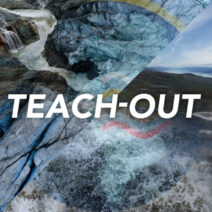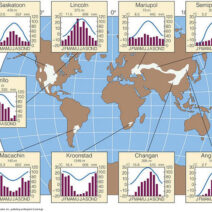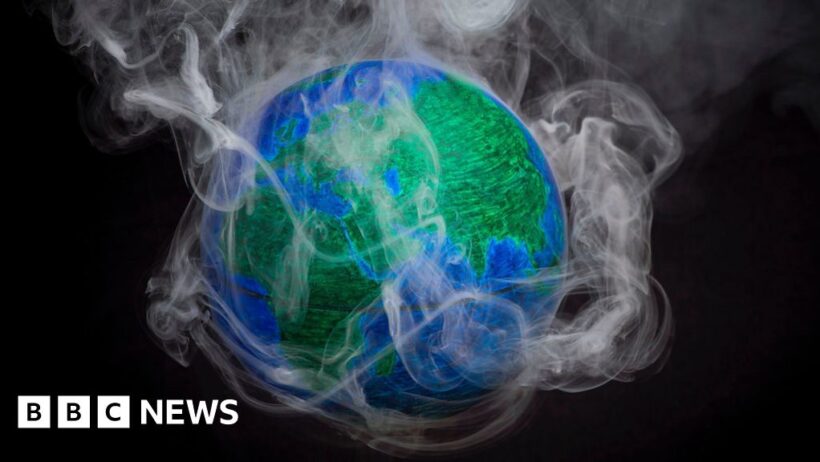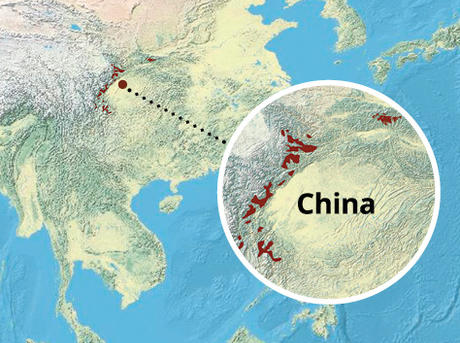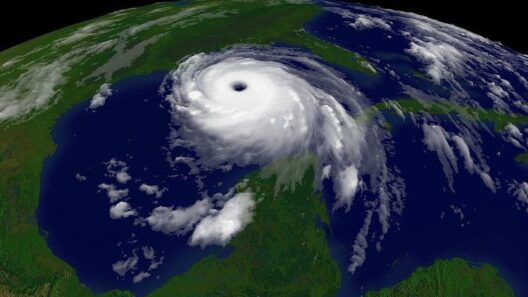Antarctica, often referred to as the “last great wilderness,” serves not merely as a remote and inhospitable region but as a crucial component of Earth’s climate system. This vast, icy expanse is home to an array of unique ecosystems and wildlife, yet the true significance of Antarctica extends far beyond its majestic landscapes and charismatic inhabitants. The existential threat posed by climate change here resonates across the globe and demands urgent attention.
At the heart of the alarm surrounding Antarctica’s warming is the ice. The continent holds approximately 60% of the world’s fresh water, locked away in its expansive ice sheets. These sheets are vital to global sea levels. As they melt, they contribute to rising waters, threatening coastal communities worldwide. In a world where many of the largest cities are situated near coastlines, the implications of this melting ice become catastrophic. Projections suggest that even a modest rise in sea levels could inundate numerous low-lying areas, resulting in displacement and economic upheaval.
Moreover, the warming of Antarctica is not merely a localized issue; it signifies a larger trend of global climate change. Scientists have observed that temperatures on the Antarctic Peninsula have risen by an astonishing 2.5 degrees Celsius over the past fifty years, double the global average. Changes in temperature affect not only the ice sheets but also the delicate balance of ecosystems that rely on stable environmental conditions.
The krill populations, foundational to the Antarctic food web, are particularly vulnerable. These tiny crustaceans thrive in cold waters, feeding on phytoplankton and serving as a crucial food source for larger animals such as seals, penguins, and whales. If the temperature continues to rise, it alters the habitats and breeding grounds of krill, which could have dire consequences not just for them, but for the entire Antarctic ecosystem.
Furthermore, the warming atmosphere contributes to anomalous weather patterns. The increase in temperature is often accompanied by more intense storms and erratic weather. This instability can disrupt migrations and breeding rituals in avian species, like the emperor penguin, causing further strain on populations already facing challenges from shrinking ice habitats. The interdependence of species means that the impact on one species reverberates throughout the system.
But beyond the immediate ecological ramifications lies the predilection for fascination with Antarctica itself. It is a region synonymous with exploration and discovery. The mesmerizing landscapes—towering icebergs, expansive glaciers, and the stark contrasts of blinding white against a deep blue sea—beckon scientists, tourists, and adventurers alike. Yet, upon closer inspection, this apparent pristine wilderness is being compromised by human activities. The Antarctic Treaty System aims to preserve this incredible area, but enforcement and adherence are perpetually challenging, particularly in the face of increasing commercial interests.
As global warming elicits a retreat of ice, previously submerged ecosystems are becoming exposed to human activity. Sites that had been untouched for millennia are now under threat from tourism, fishing, and potential mineral exploitation. With new shipping routes opening as ice melts, the likelihood of environmental degradation escalates. The juxtaposition of exploration and exploitation continues to be a point of contention for environmentalists and policy makers.
A critical aspect of the unfolding climate crisis is feedback mechanisms, which can exacerbate warming. The concept of albedo refers to the reflectivity of the Earth’s surface; ice has a high albedo, reflecting sunlight and keeping temperatures cooler. As ice melts, darker ocean water is revealed, absorbing more heat and further accelerating warming. Thus, this process becomes a self-reinforcing cycle. The recognition of this feedback loop is essential for comprehending not only the ramifications for Antarctica, but for global climate dynamics as well.
International collaboration remains pivotal in mitigating the effects of climate change. The ramifications of Antarctic warming are a shared concern, one that extends beyond borders and national interests. Engaging a global audience in the preservation of this frozen continent demands a unified approach, blending scientific research, policy making, and grassroots activism. Individuals around the world, irrespective of their proximity to Antarctica, have a role to play in advocating for policies that address and mitigate climate change.
The crisis at hand calls for an urgent reevaluation of our priorities. The fascination with Antarctica should compel society to empathize with the broader implications of its warming—not just as a distant environmental issue but as a testament to humanity’s interconnectedness and responsibility. As stewards of the Earth, we must recognize that the plight of this icy fortress portends challenges for us all.
In conclusion, Antarctica stands not merely as a remote corner of the Earth but as a critical bellwether for climate health. Its warming alarms us to consequences that reverberate across continents. The melting ice, the vulnerability of ecosystems, the potential sea-level rise, and the threats to biodiversity paint a stark picture of the future if action is not taken. Engaging with this reality and fostering a sense of global responsibility can help ensure that the wonders of Antarctica remain, not merely as symbols of beauty but as sanctuaries of life, both for the species that inhabit it and for the planet as a whole.
